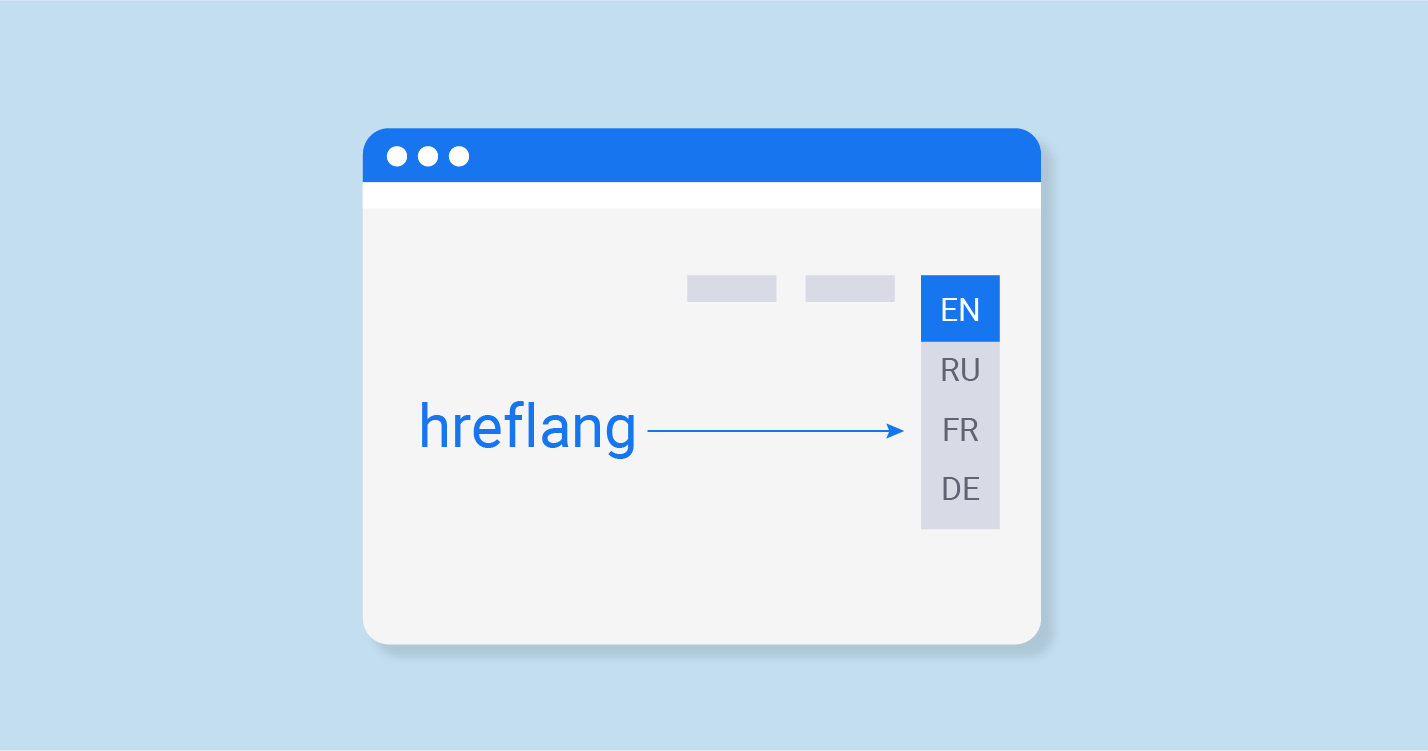In the ever-expanding global marketplace, reaching international audiences is essential for businesses seeking to expand their online presence. However, in the realm of search engine optimisation (SEO), targeting diverse language and regional markets can present challenges. This is where hreflang tags come into play. In this comprehensive guide, SearchLight London explores the pivotal role of hreflang tags in international SEO, offering valuable insights to help businesses maximise their visibility and relevance across different regions and languages.
Understanding Hreflang Tags
Hreflang tags are HTML attributes used to specify the language and geographical targeting of web pages. By implementing hreflang tags, website owners can signal to search engines which version of a page should appear in search results for users in different language or regional contexts. This helps ensure that users are directed to the most relevant and appropriate content based on their language and location preferences.
The Importance of Hreflang Tags in International SEO
Improved User Experience (UX)
Hreflang tags play a crucial role in enhancing the user experience for international audiences. By presenting users with content in their preferred language and region, website owners can provide a more personalised and relevant browsing experience. This leads to increased engagement, lower bounce rates, and ultimately, higher conversions.
Enhanced Search Engine Visibility
Hreflang tags help search engines understand the language and regional targeting of web pages, allowing them to serve the most relevant results to users in different regions and languages. By accurately targeting international audiences, website owners can improve their visibility in search engine results pages (SERPs) and attract more organic traffic from diverse geographical locations.
Best Practices for Implementing Hreflang Tags
Use Correct Language and Region Codes
When implementing hreflang tags, use the appropriate language and region codes to indicate the targeted language and geographical location of each version of the page. Refer to ISO language and country code standards to ensure accuracy and consistency.
Include Self-Referencing Hreflang Tags
Include self-referencing hreflang tags on each version of a page to indicate the language and region of the page itself. This helps search engines understand the relationship between different language and regional variations of the same content.
Implement Hreflang Tags in HTML Header
Place hreflang tags in the HTML header of each page to ensure they are properly interpreted by search engines. Use the <link> element with the rel=”alternate” hreflang=”x” attribute to specify alternate language and regional versions of the page.
Test and Validate Hreflang Implementation
Use Google’s Search Console and other SEO tools to test and validate the implementation of hreflang tags. Check for errors or inconsistencies in hreflang annotations and address any issues to ensure accurate targeting of international audiences.
Conclusion
In conclusion, hreflang tags are a valuable tool for optimising international SEO and reaching diverse language and regional markets. By accurately targeting international audiences with relevant and personalised content, website owners can enhance user experience, improve search engine visibility, and ultimately drive business growth. SearchLight London remains committed to providing expert insights and guidance to help businesses navigate the complexities of international SEO. Stay tuned for more in-depth explorations of digital marketing strategies and best practices.
